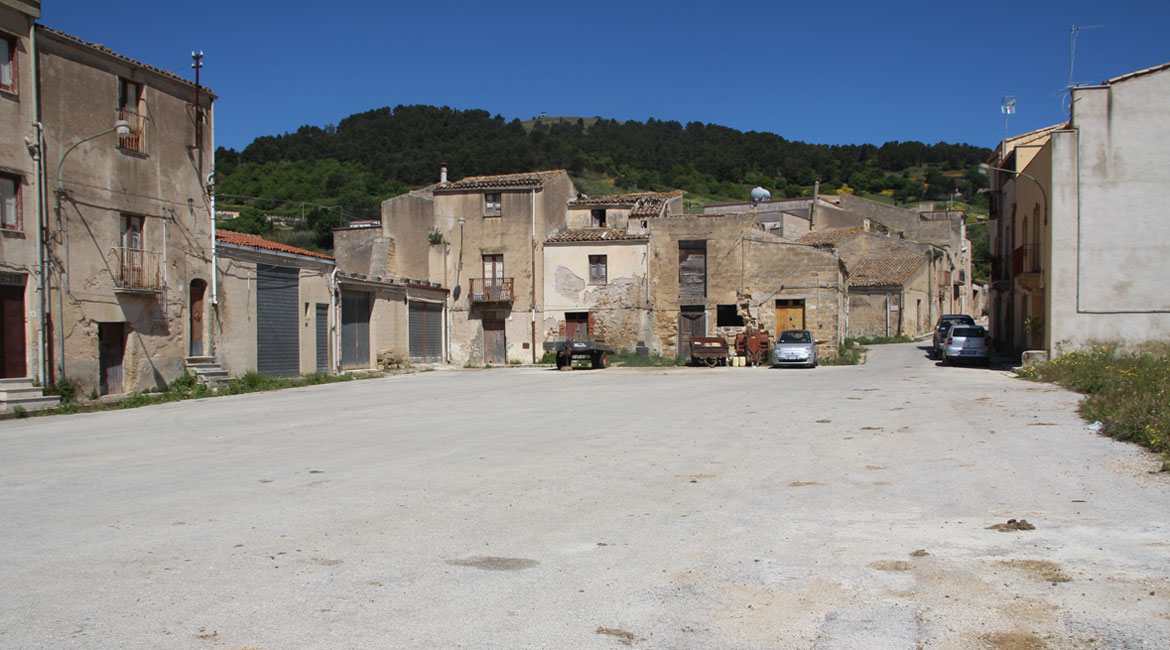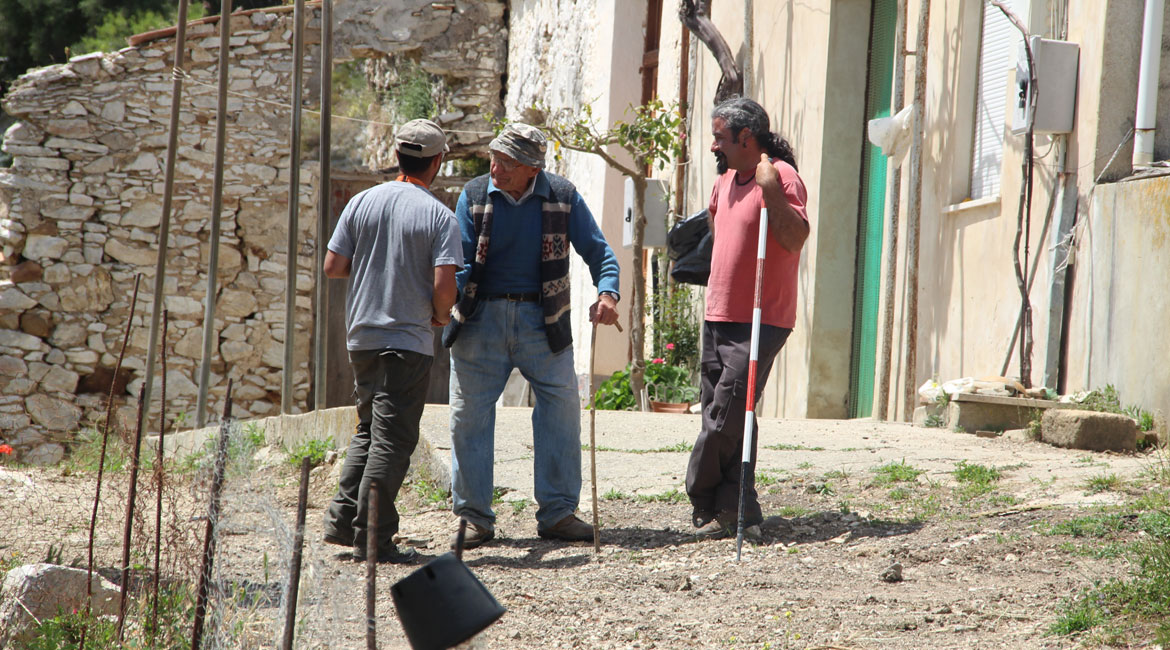Historical context
You are here
The history of Sicily is indissolubly linked to the one of the Mediterranean Sea, being its most important island in terms of its dimensions and geographical position, between East and West, Europe and Africa. Thus, Sicily has been equally connected to the most important civilizations developed in the area and object of conquests and invasions, which makes it a privileged and complex place, from an historical point of view.
The downfall of the Roman Empire in the West was followed by the Vandal invasion under the leadership of the king Genserico, in 439. Their presence lasted until 468, when Hérula (476) and Ostrogod (488) conquests took place, for a short period, during the reign of Teodorico. However, the imperial restoration project of Justiniano precipitated war between the Byzantine Empire and the Ostrogod kingdom. Sicily was the first region to be conquered by the general Belisario and it was used as base camp for the Byzantines to reconquest the rest of Italy. In 535, the Emperor Justiniano I, made Sicily a byzantine province.
Around mid 7th century, the Arab troops of Caliph Uthman started looting the island, but it wasn't until 827 when the arab-berber invasion from Northern Africa started precisely in the western area of the island, at Mazzara del Vallo. The Aglabíes emirs took power of the island after a long conquest process that lasted more than a century. From the year of 910, the island was governed by the fatimid Caliphs until 948, year in which the Kalbíes established the shií dynasty resulting in an independent emirate.
Internal divisions resulted in an intent on behalf of the Byzantine Empire to recuperate the territory of Sicily in 1038, under the government of Miguel V. The general George Maniakes took the leadership of this enterprise with the support of Norman mercenaries commanded by William Iron Arm. This is how, after an initial failure, the Normans took the initiative independently in 1061, with Ruggero de Altavilla in command. The Normans were accompanied by the Pisans, who attacked Palermo in the year of 1063. The conquest started from the East, specifically Messina. After thirty years, in 1091, the Normans took over the island, declaring it an independent kingdom.
The new government was characterized, similar to previous ones, by the social and cultural complexity of a population of different origins such as, Greek, Arab, berber, norman; as well as of different religious confessions, from orthodox Greek Christians to Latin Catholics and Islamic.
After Enrique VI died (1197), internal tensions came to surface when the royal protection towards the Muslim population could not be maintained with the new underage king, Federico II. Sicily became scene of fights between Guelphs and Ghibellines. Muslim rebels allied with the German lords such as, Marcovaldo de Annweiler. The rebellion expanded and covered a substantial portion of west Sicily. Muhammad Ibn Abbad, leader of the rebels self proclaimed “prince of the believers “and coined his own currency.
In 1221, the response of Federico II was very strong overthrowing the Muslims from Jato, Entella and other fortified settlements. Two years later, the deportations of the Muslim population started, ending twenty years later.
The son of Federico II, Manfred of Sicily, was killed in Benevento by Carlos de Anjou, brother of the king of France, in 1266. However, the dominance of the French dynasty only lasted until 1282 when the revolts, known as the Sicilian Vespers, occurred. The result of this rebellion brought a new change of dynasty and Pedro III of Aragón became king of Sicily thanks to his marriage bonds with the Hohenstaufen family.
This was the beginning of the Aragonese dominance that lasted until 1516 with the death of Fernando the Catholic. During this period the crowns of Castilla and Aragón joined and Sicily, along with the kingdom of Naples, became part of the Spanish domains under the empires of Carlos V and Felipe II. Sicily was governed by viceroys from Naples and Palermo and its destiny was linked to the one of Spain. During centuries, the Turk and Berber pirates’ threat marked an important part of the external relations and life of the island.
Spanish dominance continued until the Utrecht Treaty (1713) when Sicily became governed by the house of Savoia del Piamonte and later on, by the Austrians Augsburgo, (1720). This period was also short since Carlos of Borbón conquered Sicily in 1734, and unified its territory with Naples, as an independent kingdom, until the Italian unification in 1860.



